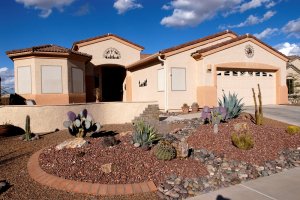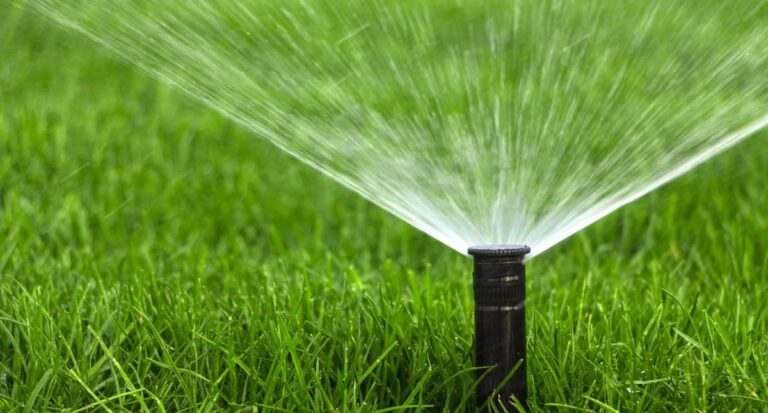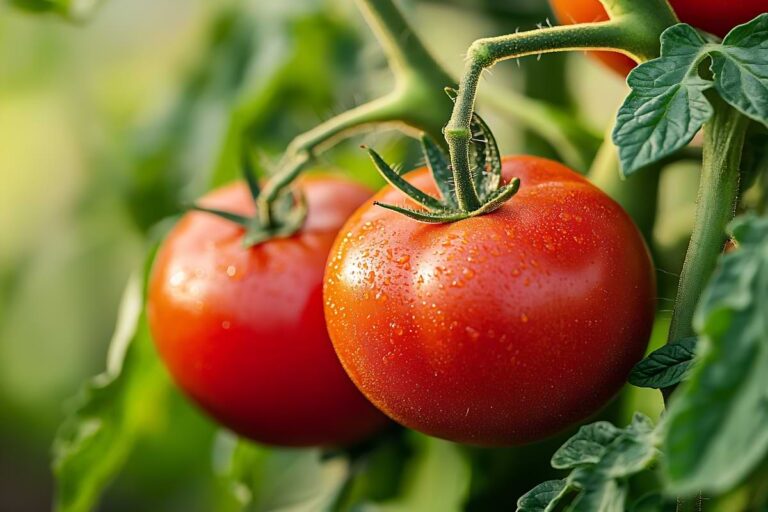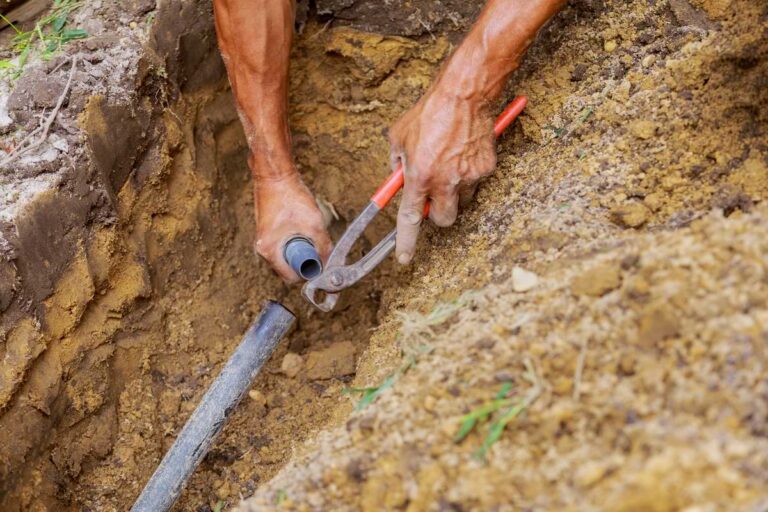How Dryer Climate Plants Could Be Right For You
The term xeriscape is derived from the Greek word xeros’ and scape’ which translates into the dry scene’. There is a misconception that drought-tolerant plants are dull and unattractive, when in fact many of them are vibrant and colorful. If you want to save money on your water bill, but still have a beautiful yard, xeriscape might be the new landscape for you.

More than 50% of your water usage goes to the landscape outside; having a xeriscape could reduce your water usage by 70% or more.
Principles of Xeriscaping
- Plan
- Plant low-water-use plants
- Incorporate turf sparingly
- Irrigate efficiently
- Consider improving the soil
- Use mulch
- Properly maintain your new xeriscape
Let’s Look at 3 Regions across the US, which are the best and the worst for xeriscape:
Region I
Plants: Coronilla varia, Cistus Albidus, Buddleia Nivea, Abelia x Edward Goucher, Phalaris arundinacea Picta
Maintenance: Water if the plants look very dry and cover during very cold seasons. Hand water, or install a drip that will provide water directly to the base of the plant.
Region II
Plants: Bougainvillea, Buccaneer Palm, Live Oak, Swamp Fern
Maintenance: Make sure any unexpected cold fronts are tackled by covering plants. Drip may need to be installed for certain plants.
Region III
Plants: Butterfly Bush, Juniper, Texas Red Yucca, Oat Grass
Maintenance: Very low maintenance and a few drip may be necessary, Drip Irrigation
Planning For Xeriscape:
- Look for partially exposed areas, and protected areas, and prep your soil
- Draw out your landscape (need help? Click here)
- Look for water-conserving and drought-tolerant plants. Water-conserving plants retain moisture rather than releasing it into the air. Drought-tolerant plants can survive bouts of dry weather.
- Visit the USDA Plant Hardiness Zone Map, this provides users with helpful knowledge of your region based on temperature.
** It is important to note that very rainy, or very dry areas are perfect for xeriscape because the native plants will thrive almost entirely without drip irrigation or any further assistance.**






























